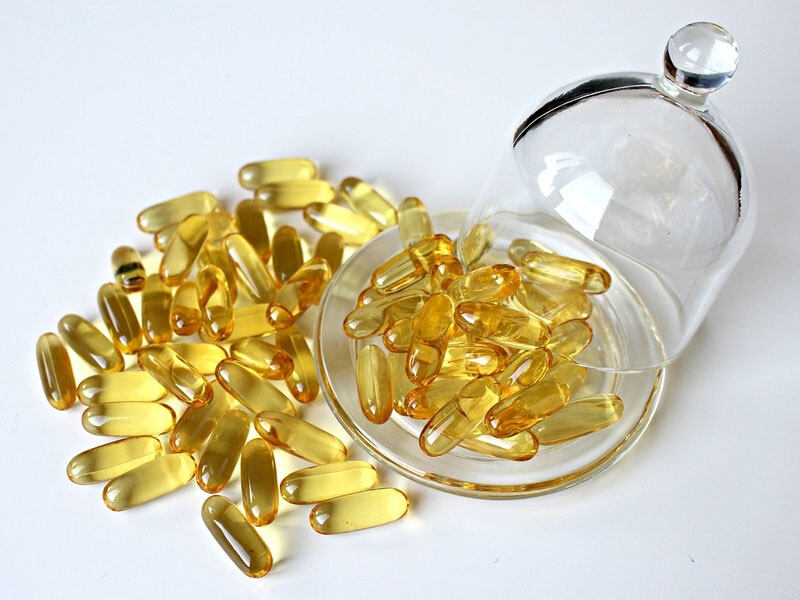The drug test is generally required before starting massive production, the test will analyze its characteristic and ensure the stability of the product during future storage, transportation and use.

Solubility determination
Placing the prepared drug solution in the environment of 0, 5, 25 and 40 degrees Celsius for 7 days to observe whether there is precipitation or turbidity, then measuring the change of drug content.
Diffusion observation
Placing the 0.2 ml drug solution into a break that contains 300ml water, then setting the water temperature to 37 degrees Celsius, slowly stirring the solution with a magnetic bar. A good and easy-dissolve formulation is when observing the oil droplets are uniformly dispersed in one layer and form a milky emulsion, otherwise, the formulation needs to re-adjust its ratio. Last, to ensure the accuracy of the result, it is highly recommended to have a comparative observation.
Emulsion granularity
Taking oil droplet sample and measure its size at temperature of 37 degrees Celsius with stirring solution for 60 minutes at speed of 200 rpm. Or, add 10 μl of oil droplet to 10ml water and measure the its granularity.
Stability test
1. Horizontally placing the sealed drug solution and blank solution in the oven at temperature of 60 or 80 degrees Celsius, measuring both of the solution contents change in first and second week.
2. Placing the drug solution and blank solution under ultraviolet light for a period of time, then measuring the both of the solutions content change.
3. Horizontally placing the opened drug solution and blank solution in the constant temperature & humidity chamber (temperature sets to 40 degrees Celsius and relative humidity hold at 75%), measuring both of the solution contents change each week for one month.
Compatibility test
1. Sealing and placing the drug solution in the oven at temperature of 60 or 80 degrees Celsius, measuring the drug content and degradation change in first and second week.
2. Sealing and placing the drug solution in the constant temperature & humidity chamber (temperature sets to 40 degrees Celsius and relative humidity hold at 75%), measuring the drug content and degradation change in the first and third month.
Note
In general, the drug might absorb the water and causing the soft capsule moisture change. If the drug is hydrophilic, then keep a 5% water content for the drug.
The drug solution contains water over 20% or a solvent contains a low molecular weight and water miscible such as propylene glycol, glycerin, ethanol, acetone, and a lipid, can soften or dissolve the soft capsule. Therefore, if the drug solution contains a large amount of solvent listed above, then it is not suitable for making into soft capsule.
The pH of drug solution should be controlled within 2.5-7.5, otherwise it will damage the capsule shell during storage and cause leakage.
PEG will harden and plasticize the soft capsule by absorbing the moisture, if the drug solution contains PEG, adding glycerin or propylene glycol will decrease absorption and plasticization effectively.
If the drug processed to be suspension, the powder size must pass at least 80 mesh sieve and a suitable dispersion medium is required, adding a suspending agent if necessary.


